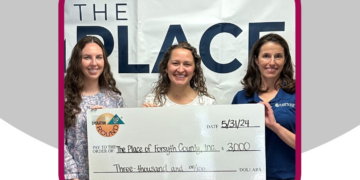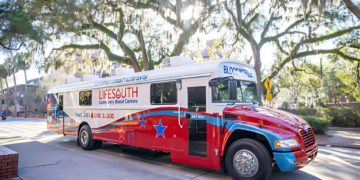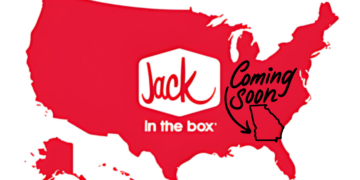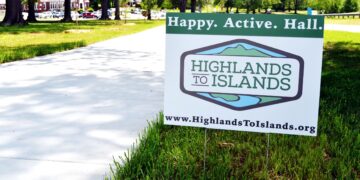Last week, the Georgia Department of Labor announced that Georgia’s joblessness rate has seen a small increase, going from 3.2% in May to 3.3% in June. This marginal hike in the unemployment rate is a typical occurrence during the summer months, according to Bruce Thompson, the state’s Commissioner of Labor.
Thompson attributes this seasonal phenomenon to the entrance of students into the workforce during their summer break. These students bring along innovative skill sets and fresh vitality to the work sphere. However, it also temporarily pushes up the unemployment statistics due to the influx of fresh job seekers.
“School’s out, and Georgia is thriving like never before. Our students infuse our workforce with new talent and energy each summer. While this may temporarily increase seasonal unemployment, the fresh skills and enthusiasm these young workers bring to the local economy are key to cultivating an economy that’s built to last,” the Commissioner said in the Labor Department’s press release.
The news, on a brighter note, points to the fact that Georgia continues to have a fairly robust labor market, considering that the national unemployment rate hovers around 4.1%. Despite the slight rise, Georgia’s unemployment rate remains below this national average. Any fluctuations seen in the job market are generally in line with seasonal changes and are typically short-lived.
Georgia has always been a state that welcomes this surge with various sectors happily accommodating and absorbing the additional manpower. A wide range of industries, from retail and hospitality to construction and services offer temporary positions that are ideal for students during their summer break.
However, it’s not just the students who benefit from this annual spike in job hunting. Employers too often depend on this influx of temporary labor to cover for their regular staff’s vacation time, or to manage an increase in business during the summer period. As such, this recurring summertime trend of rising job-seeking activities is beneficial for both the state’s economy and labor market.



























